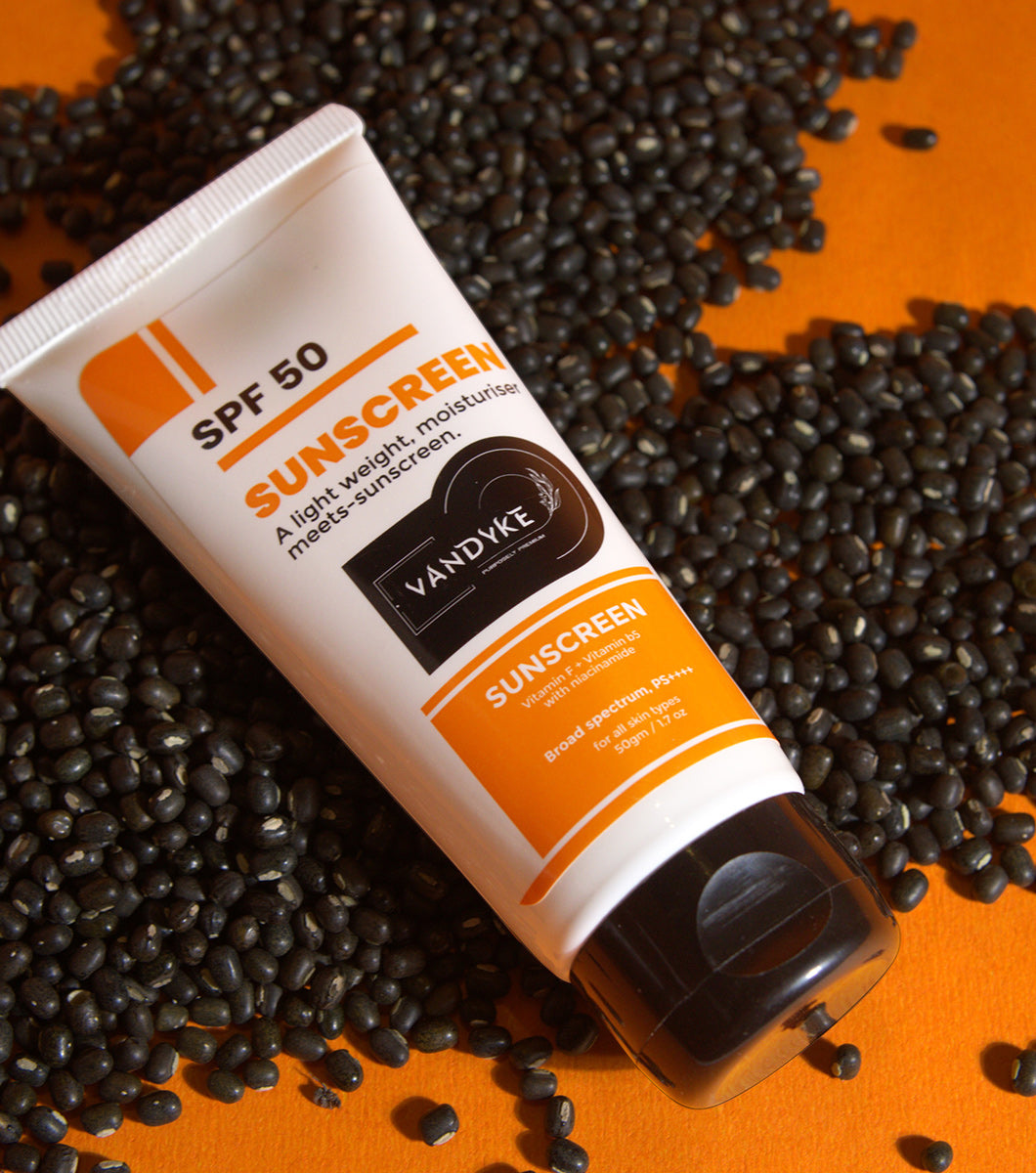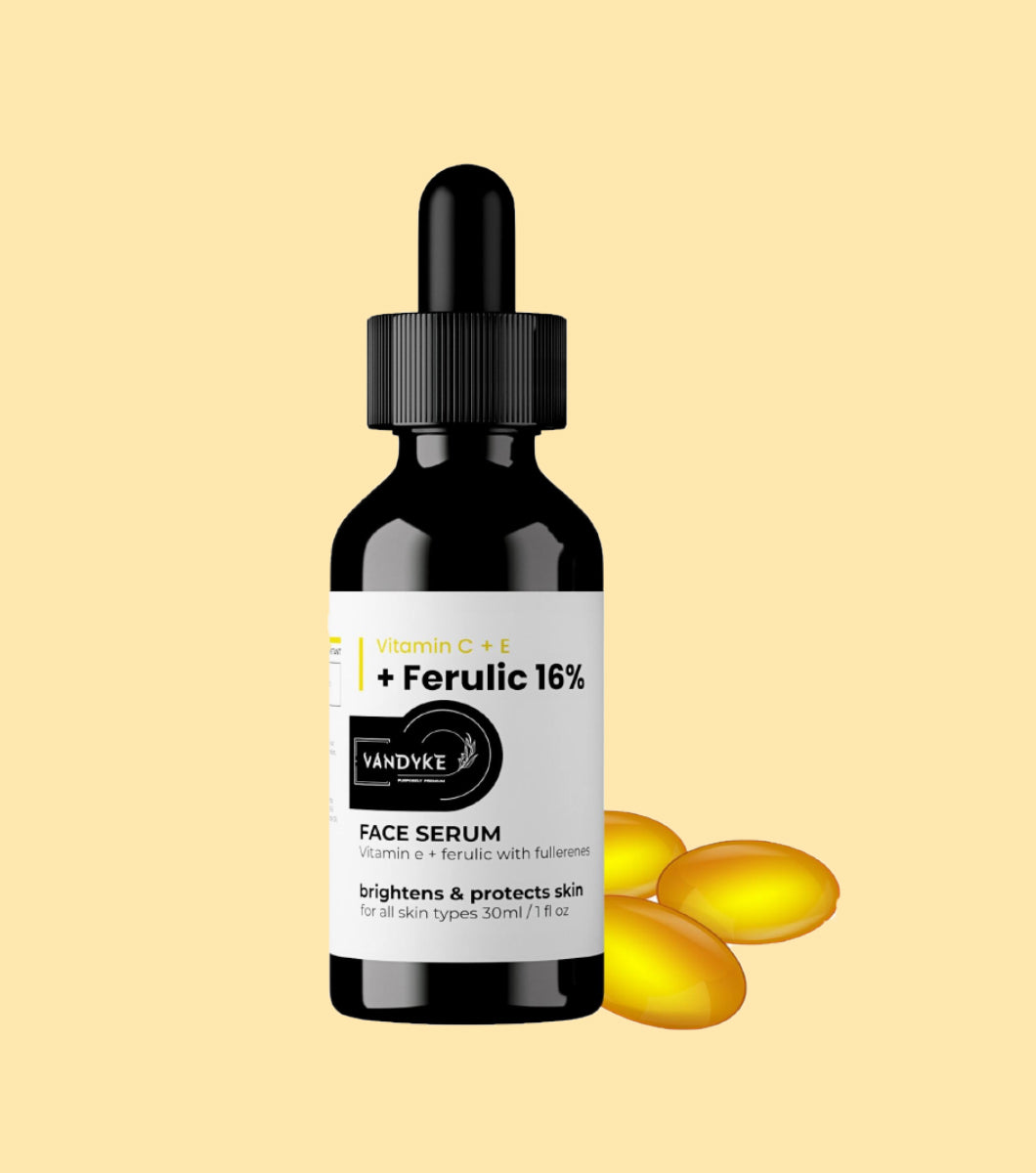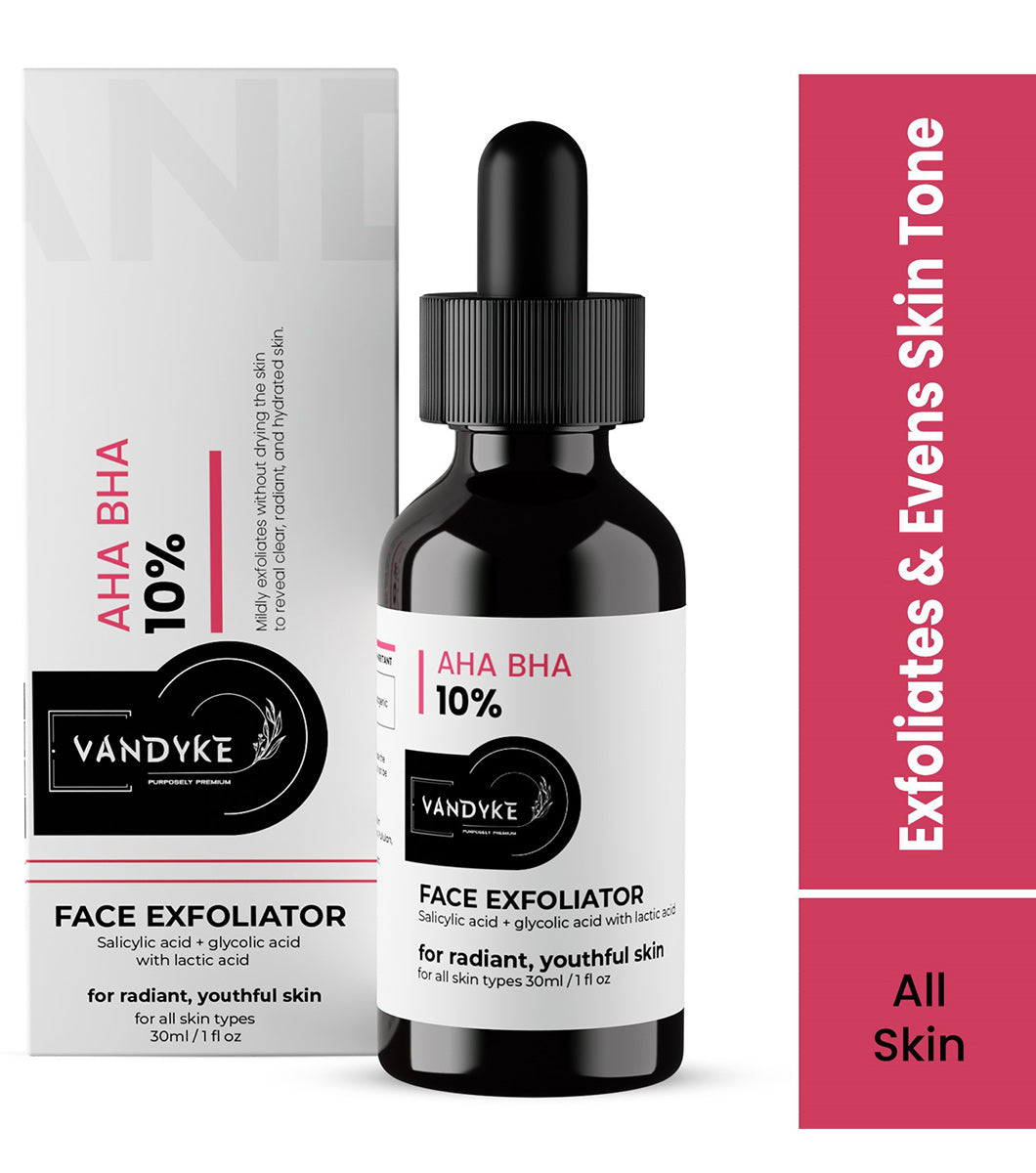
Age Spots Causes, Removal and Prevention Strategies | Vandyke

Age Spots Causes, Removal and Prevention Strategies
Age spots, known medically as “solar lentigines” or simply “liver spots,” are a common skin concern that affects many individuals as they age. These small, flat, and often dark patches can appear on areas of the skin frequently exposed to the sun, such as the face, hands, shoulders, and arms. While age spots are generally harmless and pose no health risks, they can be bothersome from an aesthetic perspective. In this comprehensive guide, vandyke will delve deeply into the world of age spots, exploring what they are, why they develop, and most importantly, how to effectively remove and prevent them.
What Are Age Spots?
Age spots are benign skin growths characterized by their flat, tan, brown, or black appearance. These spots typically range in size from a few millimeters to over a centimeter and often appear in clusters. Although age spots are more common in individuals over the age of 50, they can also affect younger people, particularly those with a history of extensive sun exposure.
Why Do Age Spots Develop?
Age spots are mostly brought on by repetitive, extended exposure to ultraviolet (UV) radiation from the sun. Melanin, the pigment responsible for skin color, is produced in response to ultraviolet (UV) rays. Age spots may appear as a result of the additional melanin building up over time in particular places of the skin. Age spots are additionally affected by genetics because some people may be more prone to getting them. Additionally, age spots may appear more often if you’ve already had sunburns.
Preventing Age Spots
While it may be challenging to completely prevent age spots, there are several proactive strategies that can significantly reduce their development:
- Sun Protection
Shield your skin from the sun’s harmful UV rays by wearing protective clothing, wide-brimmed hats, and sunglasses. Apply a broad-spectrum sunscreen with SPF 50 sunscreen to all exposed areas of your skin daily, even on cloudy days.
- Seek Shade
Avoid direct sunlight whenever you can, especially between the hours of 10 a.m. and 4 p.m.
- Avoid Tanning Beds
Tanning beds expose your skin to artificial UV radiation, significantly increasing the risk of age spots, as well as other skin issues.
- Daily Sunscreen Use
Make using sunscreen an essential element of your regular skincare regimen. Apply it generously to your hands, neck, and any other area of exposed skin, as well as your face.
- Reapply Sunscreen
Sunscreen effectiveness diminishes over time, so remember to reapply it every two hours or more frequently if swimming or sweating.
- Protective Clothing
Consider wearing long-sleeved shirts, pants, and wide-brimmed hats to minimize direct sun exposure on your skin.
Removing Age Spots
If age spots have already appeared, there are various methods for their removal, depending on their severity and your preferences:
Topical Treatments
Age spots, also known as liver spots or solar lentigines, are a common skin concern that often develops due to prolonged sun exposure and aging. Age spots may gradually disappear with the use of over-the-counter lotions and serums containing hydroquinone, kojic acid, glycolic acid, or retinoids. These products function by preventing the synthesis of melanin and enhancing skin cell renewal.
Topical treatments can be effective in gradually fading age spots by inhibiting melanin production and promoting skin cell turnover.
Which is the best OTC product you have to use, as per your skin concern and need:
Determining the “best” product for treating age spots can vary from person to person, as it depends on factors like your skin type, the severity of your age spots, and any potential sensitivities or allergies you may have. Additionally, what works best for one individual may not yield the same results for another.
- Hydroquinone
This ingredient is one of the most effective for fading age spots. It works by inhibiting melanin production. Hydroquinone products are available in both over-the-counter and prescription-strength formulas.
- Kojic Acid
Kojic acid is another skin-lightening ingredient that can help reduce the appearance of age spots. It’s often found in creams and serums.
Use vandyke 2% Kojic Acid Cream for skin lightening.
- Glycolic Acid
Glycolic acid is an alpha hydroxy acid (AHA) that exfoliates the skin and can help improve the appearance of age spots by promoting cell turnover. It’s commonly found in products like chemical peels and exfoliating creams.
Use the exfoliator, vandyke Aha Bha 10% for regular exfoliation.
- Retinoids
Retinoids, such as tretinoin (prescription) or retinol (OTC), can help improve skin texture and fade age spots by promoting cell turnover. They are often used at night.
You can use vandyke Granactive Retinoid 02% or vandyke retinol 03%.
- Vitamin C
Topical vitamin C serums may help brighten the skin and reduce the appearance of age spots. Vitamin C has antioxidant properties and can inhibit melanin production. Use vandyke vitamin C 10% face serum for brightening your skin.
Here’s how to use them
Cleansing
Start with a gentle cleanser to clean your face or the affected area. Pat your skin dry with a clean towel.
Use vandyke 2% Salicylic Acid Face Cleanser for deep cleansing.
Application
Apply a small amount of the OTC product directly to the age spots. Be sure to follow the instructions provided on the product’s packaging, as each product may have different usage guidelines.
Frequency
Most OTC treatments are applied once or twice daily. However, the frequency may vary depending on the product you choose from above. Some products, like Granactive Retinoid 02%, are typically used at night.
Patience
It’s important to be patient when using OTC treatments. Results may take several weeks to months to become noticeable, and consistent application is key.
Sunscreen
Always use sunscreen during the day when using these treatments, as they can make your skin more sensitive to the sun. always make sure to use SPF 50 sunscreen for complete protection of your skin.
Consultation with a Dermatologist
Before starting any treatment for age spots, it’s essential to consult with a dermatologist. They can evaluate your specific skin type, the severity of your age spots, and any underlying skin conditions. This consultation will help determine the most suitable treatment plan for your needs.
- Sun Protection
Regardless of the treatment you choose, sun protection is crucial. Age spots are often caused or worsened by sun exposure. Always apply a broad-spectrum sunscreen with SPF 50 sunscreen to your face and exposed skin, even on cloudy days.
- Prescription Medications
Dermatologists can prescribe stronger medications, such as topical retinoids or bleaching creams, for more stubborn or resistant age spots.
- Chemical Peels
Chemical peels involve the application of an acid solution to the skin, which removes the top layer of damaged skin. This can be effective in reducing the appearance of age spots and improving overall skin texture.
- Laser Therapy
Laser treatments, including laser resurfacing and intense pulsed light (IPL) therapy, target the pigment in age spots. These treatments break down the excess melanin, allowing the body to naturally eliminate it.
- Cryotherapy
Cryotherapy involves freezing the age spots with liquid nitrogen, causing them to peel off over time.
- Microdermabrasion
This non-invasive procedure exfoliates the outer layer of the skin, helping to reduce the appearance of age spots and enhancing overall skin tone and texture.
- Home Remedies
Some individuals opt for natural remedies like lemon juice, apple cider vinegar, or aloe vera gel to lighten age spots. However, it’s important to note that results can vary, and these remedies may take longer to show noticeable improvements.
Conclusion
Age spots are a common and often unavoidable part of the natural aging process, especially for individuals who have experienced extensive sun exposure. While these spots are generally harmless, they can be a source of self-consciousness for many. Fortunately, through a combination of effective prevention strategies and various removal methods, you can manage and reduce the appearance of age spots. By prioritizing sun protection, adopting proper skincare practices, and seeking professional guidance when needed, you can maintain healthier, more even-toned skin and confidently embrace the aging process. Remember, clear and radiant skin is attainable with the right knowledge and care.





































